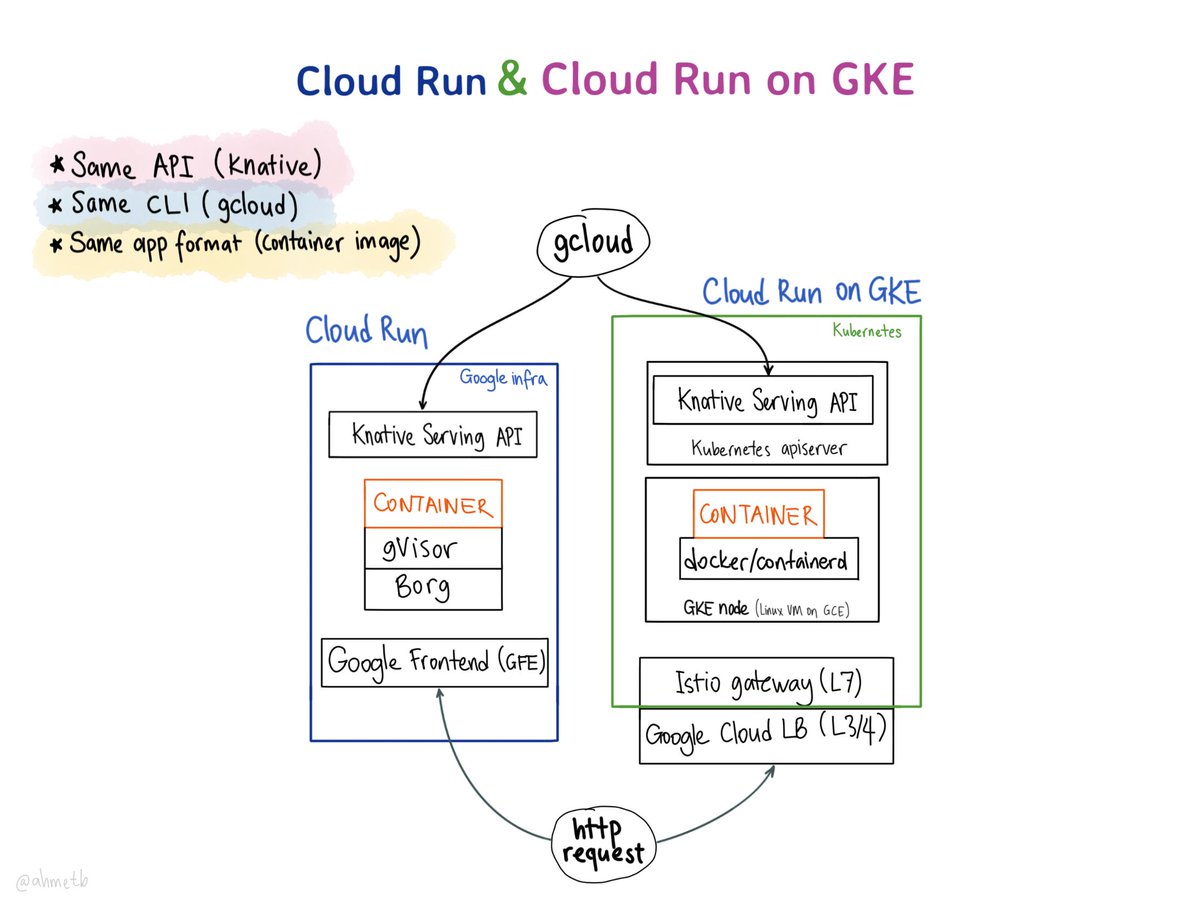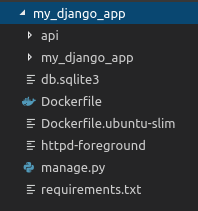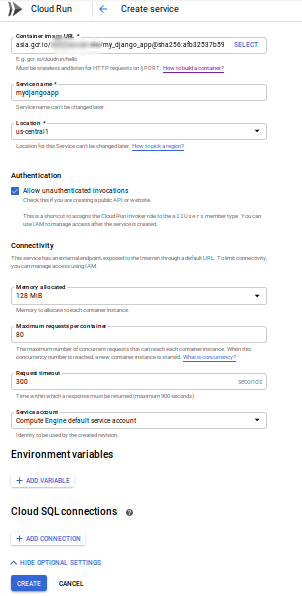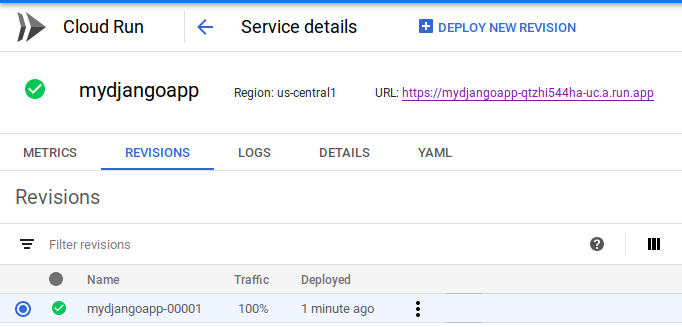Introduction of Google Cloud Run
There has been always pretty much hype around serverless from the day one. Although, all the workload is only going to run on servers itself. If that is the case, then why we call it serverless?

The idea behind serverless is to provide an framework, where developers can build and deploy small applications quickly without being concerned about deployment overhead. If you need a lot of resources like high memory and lots of disk space, serverless is probably not a great approach. But If you can’t predict the volume, and you’re doing lots of small transactional workloads, then serverless is really good.
OK, so that was the same repeated information you will find in every other blogs. But do you know there has been great adoption of serverless framework by different cloud providers. Even there are different open source frameworks, which allows us to host and deploy our serverless environment. Although, managing serverless environment is not that easy. There is a small learning curve around it.
Some of the opensource framework for serverelss environments are:
Some of the managed services provided by cloud providers
- Google Cloud Functions
- AWS lambda
- Azure functions
We won't get into the details of all of them, as there is too much information provided around it. We would be looking into the Google Cloud Run, which is an managed service build on knative as depicted below

So, what is special about Cloud Run?
Cloud Run follows the same principal of serverless, but allows developer to run containers in serverless environment. These containers could be your normal containers with any application packaged within them.
How Cloud Run is different is from other managed serverless frameworks such as Google cloud functions, AWS lambda and etc?
In other managed frameworks, we are dependent on cloud providers to support and language or framework, but in cloud run we can use any language or framework of our choice.
Let's see an example of how we can deploy an Django app on google cloud run
- Create Django APP We will not go in detail, about how an app can be created in Django. Please follow the official documentation for the same. We have created a simple GET API. The final application structure would be something like below.

- There will be no Dockerfile and httpd-foreground by default, when Django application gets created.
- Write Docker File We won't be covering details about how this dockerfile works in this blog post.
FROM alpine:3.9
LABEL author="Nitishkumar Singh"
RUN apk --update --no-cache add python3 python3-dev apache2 apache2-dev wget ca-certificates make gcc musl-dev;\
ln -s pip3 /usr/bin/pip; pip install -U pip setuptools wheel
# mod_wsgi compilation
RUN wget -O /tmp/mod_wsgi.tar.gz https://storage.googleapis.com/google-code-archive-downloads/v2/code.google.com/modwsgi/mod_wsgi-3.4.tar.gz && \
tar -C /tmp -xvf /tmp/mod_wsgi.tar.gz && \
rm /tmp/mod_wsgi.tar.gz
WORKDIR /tmp/mod_wsgi-3.4
RUN ln -s /usr/lib/libpython3.6m.so /usr/lib/libpython3.6.so && \
./configure --with-python=/usr/bin/python3.6 --with-apxs=/usr/bin/apxs && \
make && make install clean; rm -rf /tmp/mod_wsgi-3.4 \
mkdir -p /var/www/my_django_app; mkdir -p /etc/apache2/sites-available/; \
mkdir -p /etc/apache2/mods-available/
WORKDIR /var/www/my_django_app
COPY . /var/www/my_django_app
# ARG PORT
RUN echo -e "import os\n\
import sys\n\
path='/var/www/my_django_app'\n\
if path not in sys.path:\n\
sys.path.append(path)\n\
os.environ['DJANGO_SETTINGS_MODULE'] = 'my_django_app.settings'\n\
from django.core.wsgi import get_wsgi_application\n\
application = get_wsgi_application()" >> /var/www/my_django_app/django.wsgi; \
sed -i -r 's@#(LoadModule rewrite_module modules/mod_rewrite.so)@\1@i' /etc/apache2/httpd.conf; \
sed -i -r 's@Errorlog .*@Errorlog /var/log/apache2/error.log@i' /etc/apache2/httpd.conf; \
sed -i -r 's@#Servername .*@ServerName localhost@i' /etc/apache2/httpd.conf; \
sed -i -r 's@Listen 80.*@Listen 8080@i' /etc/apache2/httpd.conf; \
echo -e 'Transferlog /dev/stdout\n\
LoadModule wsgi_module modules/mod_wsgi.so\n\
WSGIPythonPath /usr/lib/python3.6\n\
WSGIScriptAlias / /var/www/my_django_app/django.wsgi\n\
<Directory /var/www/my_django_app>\n\
Options ExecCGI Indexes FollowSymLinks\n\
AllowOverride All\n\
Require all granted\n\
<Files django.wsgi>\n\
Require all granted\n\
</Files>\n\
</Directory>' >> /etc/apache2/httpd.conf
RUN pip install -r requirements.txt; chown apache:apache /etc/apache2/; \
chown -R apache:apache /var/www/
COPY httpd-foreground /usr/local/bin/
RUN chmod +x /usr/local/bin/httpd-foreground
EXPOSE 8080
# ENTRYPOINT ["httpd", "-D", "FOREGROUND", "-e", "info", "&"]
CMD ["httpd-foreground"]Here we are exposing application on port 8080(default for Cloud Run) and executing httpd-foreground file.
- Write httpd-foreground file
#!/bin/sh
set -e
# Apache gets grumpy about PID files pre-existing
rm -f /usr/local/apache2/logs/httpd.pid
exec httpd -DFOREGROUNDhttpd-foreground is an simple shell script, which we will be using to run Apache on foreground.
- Build Docker Image and push to GCR
Build docker image locally
sudo docker build .Tag image to upload to GCRsudo docker tag <IMAGE_ID> asia.gcr.io/<project_name>/my_django_appPush Image to GCRsudo docker push asia.gcr.io/<project_name>/my_django_app - Create Cloud Run Service Open Cloud Run Portal, and click on create service

- After click, you will be shown below page

- As, you would have noticed, you can set environment variables as well as configure multiple Cloud SQL services, which are needed to be accessed by Cloud RUN. You should only select Allow unauthenticated invocations, if and only if you want to allow end-points to be publicly accessible. After selecting all the required options, your form will look something like this.

- Click on create button to deploy the docker image. after successful deployment, you will be redirected to below page

- You can use URL to access the application, being deployed on cloud run. As visible from page, you can have multiple versions of app deployed. We can also redirect a part of traffic to test the canary releases. That's it about how we can deploy an application on cloud run. To explore further follow the documentation of Google Cloud Run. Django App GitLab Repository for Cloud Run
References